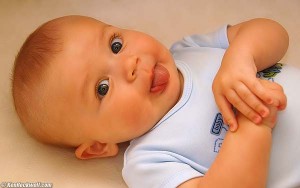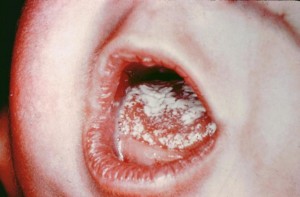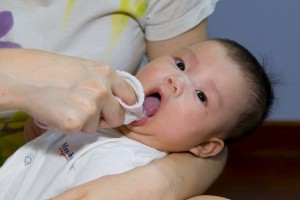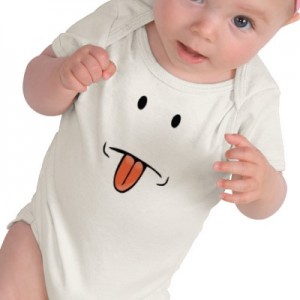Oral hygiene practices are not limited only to adults but are important to children and babies as well. According to the American Academy of Pediatric Dentistry, a child should have his or her first visit to the dentist approximately at the time of eruption of the first tooth (usually between 3 to 9 months) or by the age of 12 months the latest. When the child has special needs, this visit can be done earlier.
A child should have a few basic oral hygiene procedures during the first year of life for there is a general agreement among dentists that removal of plaque should begin as soon as the first baby teeth erupt. The parent plays an important role in this early cleaning to keep the baby’s mouth healthy. Cleaning and massaging the baby’s gums before the baby teeth erupt can help in establishing a healthy oral flora and help the process of teething. Therefore, even though your baby does not have any teeth yet, it does not mean that you do not need to keep his or her mouth clean.
Why clean your tongue?
To cleanse the mouth thoroughly, tongue brushing or cleaning should be incorporated for the surface of the tongue is a primary source of oral microorganisms. Tongue cleaning can reduce the number of these organisms in the mouth, improve taste perception and contribute to overall cleanliness. A clean tongue is also essential in reducing bad breath and keeping any infections at bay. Your baby may start fussing every time you try to clean his or her mouth but sooner or later, your child will get used to it and maybe grow to enjoy it.
Why is there a white coating on my baby’s tongue?
Sometimes your baby might have a white tongue (a white coating on his or her tongue) after feeding but have no worries for it is probably milk residue which can be wiped off easily especially if it is only on the tongue.
However, if you notice white patches on your baby’s tongue and on the sides of the mouth which leaves a raw red area when removed, you should suspect baby thrush (a yeast infection) and bring your baby to the doctor for further checkups. Do not forcefully attempt to remove them for you might hurt your baby. These spots tend to be painful so you can first suspect thrush when your baby starts crying when nursing or sucking on a milk bottle or pacifier. Thrush can be spread from mother to child and vice versa so ensure you have your regular health checkups as well.
Steps on how to clean a baby’s tongue
- Ensure that your hands are clean before starting and prepare a small bowl of warm water.
- Wrap a gauze square or washcloth around a finger and moistened it in the bowl of water. You can also use baby tongue cleaners or specially made finger cloths that may be found in drugstores.
- The baby can be positioned in many ways but cradling the child with one arm while cleaning the baby’s mouth with the other hand may be the simplest and provides the baby with a sense of security.
- Place your finger on the baby’s lip to open his or her mouth.
- Once the baby’s mouth is open, place your finger on his or her tongue and gently rub the surface of the tongue in a circular motion.
- After cleaning the tongue, move your finger around the baby’s mouth and gently massage the teeth and gums as well as the sides of the cheeks.
- If the buildup cannot be removed, use of a non-fluoridated tooth and gum cleanser may be necessary. Fluoridated items should not be used to avoid ingestion of fluoride by the baby.
- If the buildup is still stubborn after use of cleanser, refer your baby to the doctor for further advice.
- This cleaning procedure should be performed at least once daily after feeding.
- The use of moistened, soft-bristled infant-size toothbrush is advisable only if the parent is comfortable using the brush.
- Dentifrice is not advised to be used for the foaming action can irritate the baby.
What a parent should do to keep his or her baby’s mouth healthy
- Bring your child for a dental checkup as soon as his or her first baby tooth erupts (or latest by 12 months of age).
- Listen to the instructions from your dentist on how to keep your child’s mouth clean.
- An infant dental examination and fluoride status review should be accomplished.
- Dietary issues related to nursing and bottle tooth decay as well as other health concerns are discussed with your dentist.
- The first visit to the dentist helps your child to be familiar with the dental environment, the dental staff and the dentist, which makes any future dental treatment less anxiety provoking.




Pingback: How do I know if my baby is tongue tied? | Intelligent Dental
how can i clean of my babys tongur of age 2
@aji You can try using a moistened washcloth to wipe the tongue or use a tongue cleaner to gently scrape the tongue.